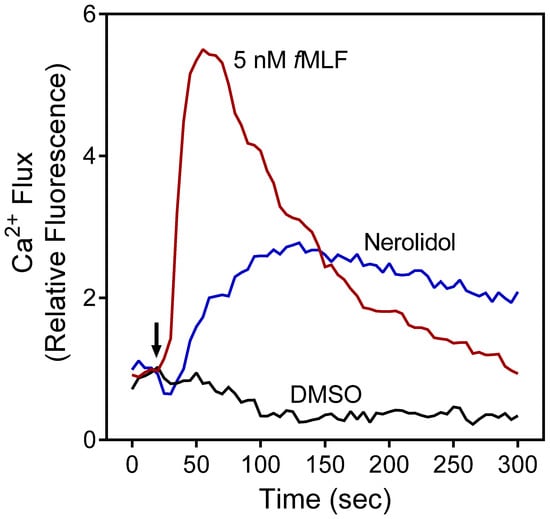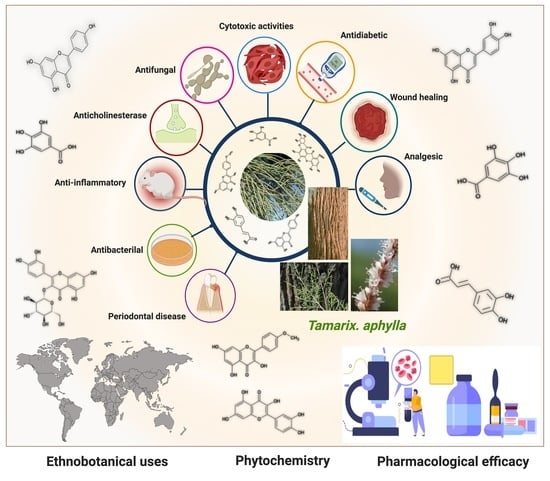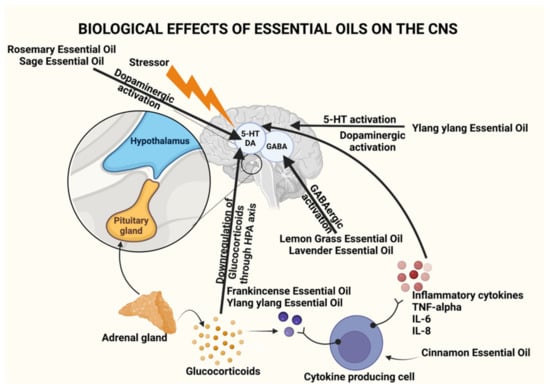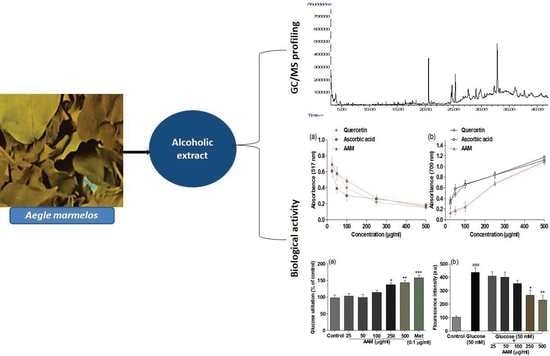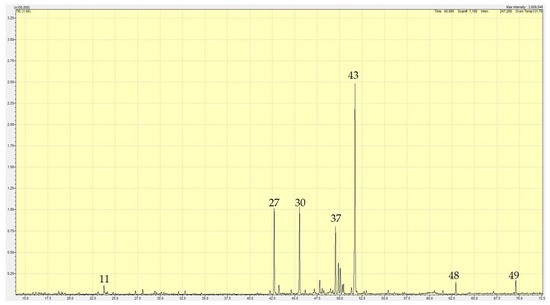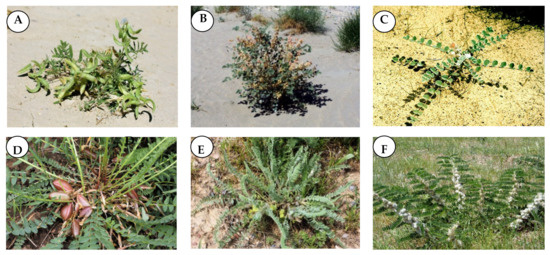Medicinal Chemistry of Aromatic Plants
A topical collection in Plants (ISSN 2223-7747). This collection belongs to the section "Phytochemistry".
Viewed by 28399Editor
Interests: natural products; medicinal chemistry; drug discovery; biological activities; novel bioactive compounds; structure elucidation; essential oils; pharmaceutical resources; preclinical research
Special Issues, Collections and Topics in MDPI journals
Topical Collection Information
Dear Colleagues,
Aromatic plants have been used in traditional medicine for thousands of years in many forms, from the fresh plant and its natural secretions to extracts and oils. They are also a rich source of numerous medicinal compounds used in modern medicine. Aromatic plants synthesize a variety of secondary metabolites with remarkably wide ranges of pharmacological properties such as antidiabetic, hypolipidemic, antioxidant, anti-inflammatory, antitumor, anticonvulsant, antidepressant, antinociceptive, and antibiotic activities, among others. Even though previous phytochemical studies on medicinal plants led to the isolation of several therapeutic compounds, medicinal and aromatic plants are still valuable sources for the discovery of novel pharmaceuticals. In addition, these compounds can also serve as potential leads for synthetic modification and optimization to produce more effective therapeutics. Recent advances in the extraction and purification of active plant constituents offer exceptional opportunities for drug development.
Contributions to this Topical Collection (original research and review articles) may cover all aspects of medicinal chemistry of aromatic plants, including extraction of essential oils; extraction of bioactive compounds; isolation, purification and structural characterization of new compounds; in vitro and in vivo biological and pharmacological effects of essential oils, extracts, or isolated compounds; clinical studies; novel properties of aromatic plant-derived bioactive compounds; the elucidation of their mechanisms of action; structure–function relationship; synergic interaction with other substances; safety and potential toxicity of natural aromatic compounds; biosynthesis of aromatic compounds, biochemical pathways, and associated enzymes; bioavailability, stability, and innovative delivery systems.
Dr. Noura Dosoky
Collection Editor
Manuscript Submission Information
Manuscripts should be submitted online at www.mdpi.com by registering and logging in to this website. Once you are registered, click here to go to the submission form. Manuscripts can be submitted until the deadline. All submissions that pass pre-check are peer-reviewed. Accepted papers will be published continuously in the journal (as soon as accepted) and will be listed together on the collection website. Research articles, review articles as well as short communications are invited. For planned papers, a title and short abstract (about 100 words) can be sent to the Editorial Office for announcement on this website.
Submitted manuscripts should not have been published previously, nor be under consideration for publication elsewhere (except conference proceedings papers). All manuscripts are thoroughly refereed through a single-blind peer-review process. A guide for authors and other relevant information for submission of manuscripts is available on the Instructions for Authors page. Plants is an international peer-reviewed open access semimonthly journal published by MDPI.
Please visit the Instructions for Authors page before submitting a manuscript. The Article Processing Charge (APC) for publication in this open access journal is 2700 CHF (Swiss Francs). Submitted papers should be well formatted and use good English. Authors may use MDPI's English editing service prior to publication or during author revisions.
Keywords
- aromatic plants
- essential oils
- bioactive compounds
- pharmacology of volatiles
- secondary metabolites
- isolation techniques
- structure elucidation
- biological activity
2022
Jump to: 2021
2021
Jump to: 2022
Planned Papers
The below list represents only planned manuscripts. Some of these manuscripts have not been received by the Editorial Office yet. Papers submitted to MDPI journals are subject to peer-review.
Title: Phenolic Profile, Analgesic, Anti-Inflammatory, and Antipyretic Effects of Zingiber roseum Leaf Extract: In Vivo and In Silico Approaches
Authors: A.F.M. Shahid-Ud-Daula
Affiliation: Noakhali Science and Technology University, Noakhali, Bangladesh






